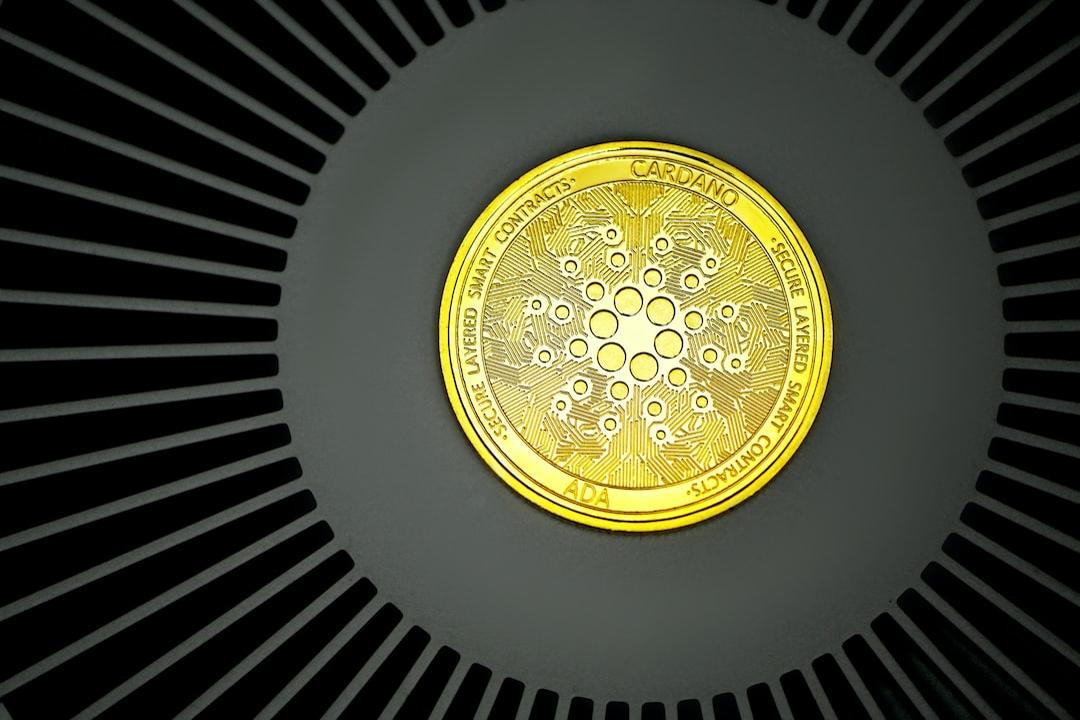zkSync Airdrop Imminent! Understanding the Project’s Advantages and Potential
The L2 domain has undergone significant changes in recent years, and in the past, it was not necessary to scroll down to see various types of L2 when viewing L2beat. I also understand that it is not easy to understand the differences between these systems. I will briefly introduce our work at zkSync. This field is very complex, and even developers within the Ethereum ecosystem find it difficult to understand the differences between rollup projects, let alone other new solutions in the blockchain field such as optimiums, volitions, and validiums. I will try to simplify this topic because this system is really exciting, and I hope more people can understand it better.
Our vision is to build a foundational system below the application layer that adds value to the lives of billions of people. Just like today’s internet, these applications can improve people’s lives, but due to the added value and ownership that blockchain brings, this will greatly enhance the functionality of applications.
To achieve this vision, it is obvious that this system needs scalability like the internet. Engineers call this scalability “horizontal scalability” – essentially, we just need to increase hardware and expand the network. We must complete this task flawlessly while maintaining high standards for all key metrics.
You can use a small proof to verify the correctness of a large system that performs a lot of computational work, and this proof can be done on any smartphone. That’s why the ZK system can (reasonably) achieve horizontal scalability, while Optimistic systems cannot. This is the advantage of the ZK solution.
This horizontal scalability essentially means deploying more rollups on this protocol layer. These rollups can be specific to applications or generic, but all of them can be abstracted from end-users. Here is a very scientific diagram that I hope will help you understand:
[img]
At the protocol layer, these systems need to interact without trust. If not, the entire user experience will become fragmented (just like when using different L2 or L1 today).
Optimistic systems cannot achieve this interaction properly. The options are basically waiting for a 7-day interaction period, running a full node for each L2 that L2 users want to interact with, or charging users through intermediaries. None of these options are ideal. With ZK technology, these systems can interact without trust, and any rollup can communicate with each other and confirm that the other system’s state is correct. This is mathematically proven. Users don’t even need to know where the game they are playing is hosted, or which rollup their friend is using when they want to transfer $20 for lunch.
Optimistic rollup also needs to publish all transaction inputs to L1 because that is how their mechanism works, and this data is necessary to solve potential challenges in state transitions. This is a huge amount of data, and ZK systems don’t have this problem.
You can prove the correctness of the system without publishing all the states to L1 (you can publish to other places or build a private system). This is a validium. You know it is correct, but you don’t have a state record on Ethereum.
I have also mentioned that proofs can be combined throughout the zkSync ecosystem, and you can verify the entire network in one proof. This means that as the system scales, the on-chain cost approaches zero, and you can verify it on any smartphone.
The zkSync system we are building has high scalability, high performance, and high security, which is completely different from other systems that are unfortunately referred to as “L2”. These systems are different, and many systems will disappear in a year.
The future ecosystem will consist of many ZK chains, which will be configured differently based on specific use cases, but all have the same strong security guarantees and enable fast, trustless interactions. Anyone can deploy new ZK chains in the ecosystem without permission and immediately interact throughout the network.
There is much more to discuss about zkSync, but the above are the core points I wanted to share today. This is why I am excited about zkSync, why the ZK system will truly change the world, and why ZK is the ultimate solution.
This article is a collaboration and is republished from Deep Tide.

